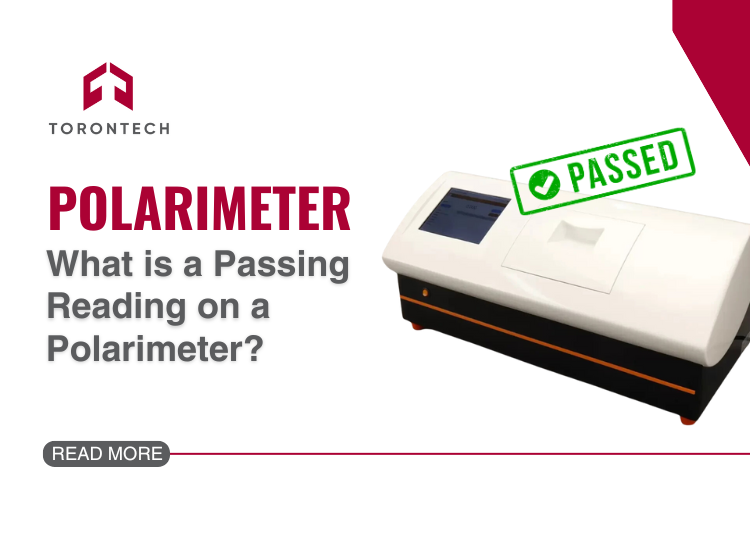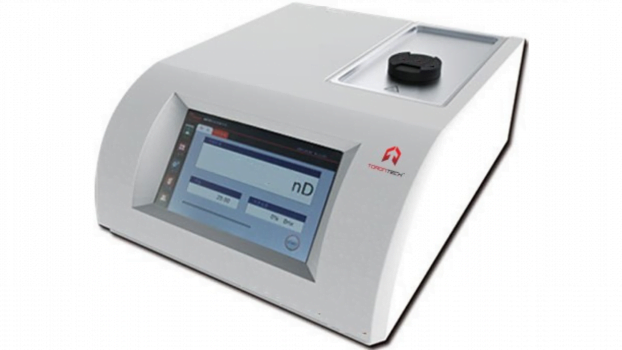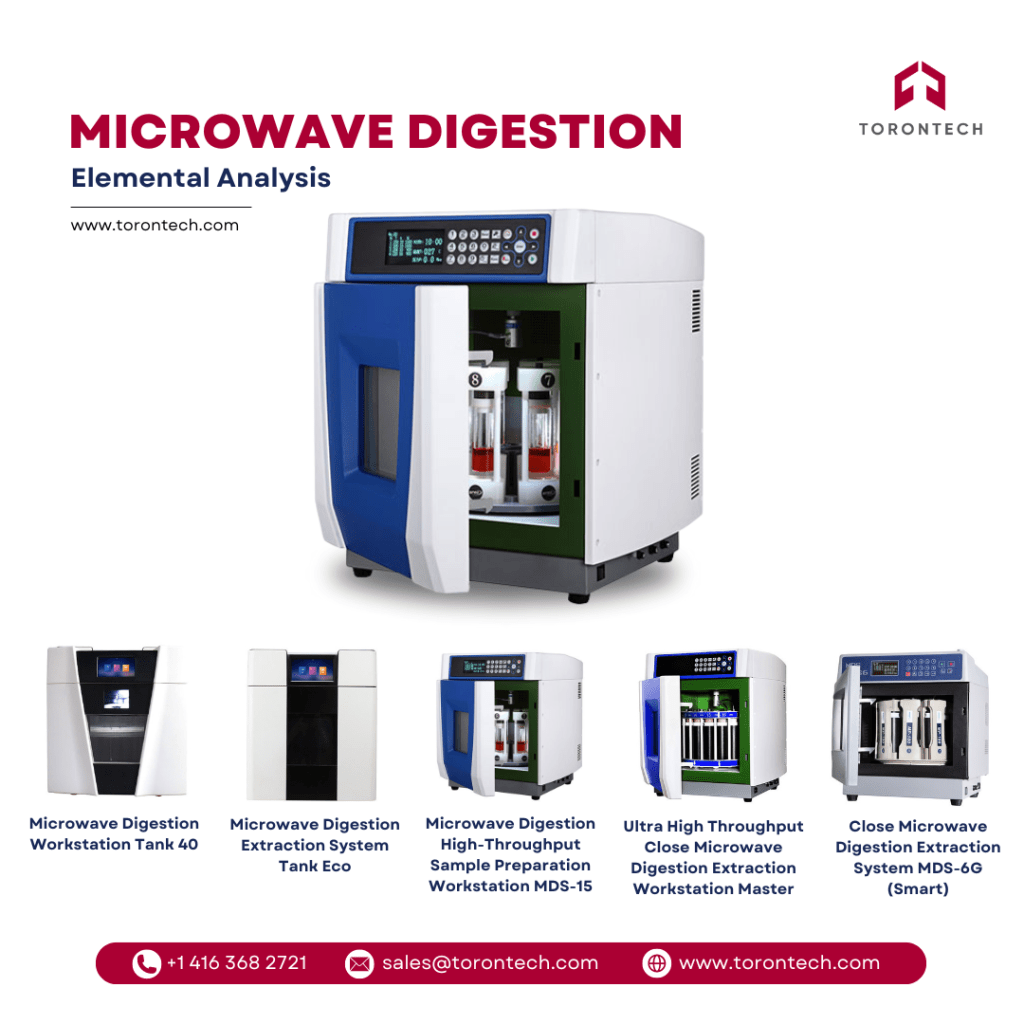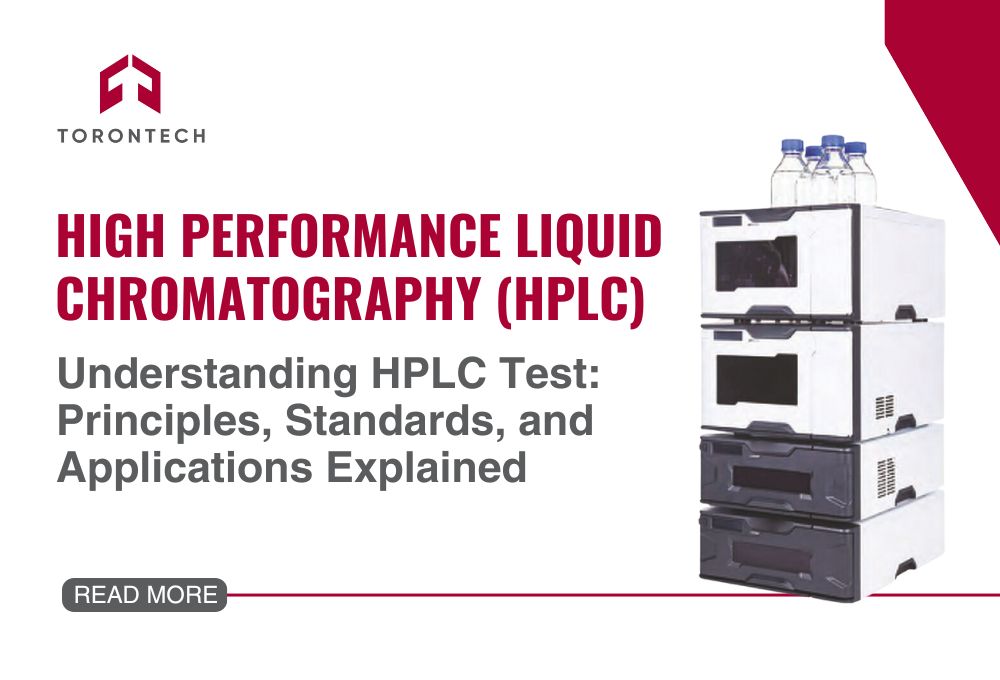Understanding polarimeter readings can be important in industries ranging from pharmaceuticals to food production. But what exactly qualifies as a “passing reading” on a polarimeter?
Whether you’re analyzing sugar content or verifying the purity of pharmaceuticals, this article explains how to identify if your polarimeter measurement meets the required standards.
Understanding a Passing Reading on a Polarimeter
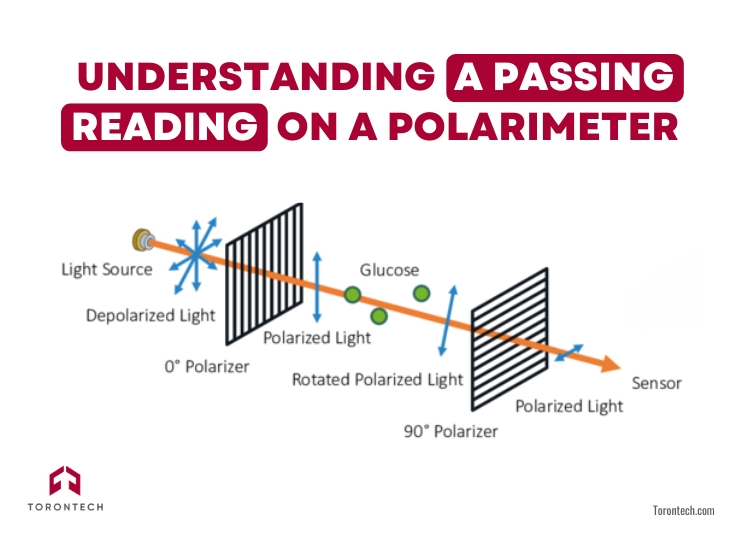
A “passing reading” on a polarimeter refers to a measurement that falls within the expected or acceptable range of optical rotation for a specific substance or application.
This range is determined by factors such as the sample’s known properties, including its concentration, purity, temperature, wavelength of light used, and the path length of the sample tube.
The exact meaning of a passing reading may vary depending on the context, such as industry standards, the substance being analyzed, or the purpose of the measurement.
Factors Influencing a Passing Reading
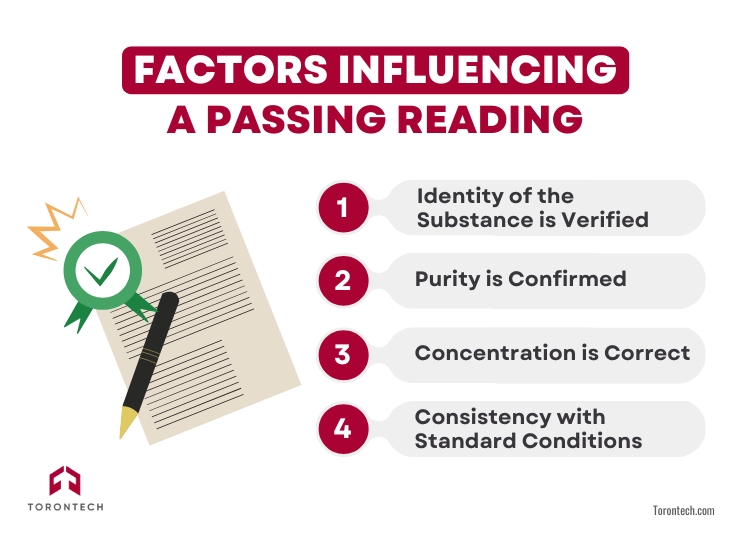
Determining a “passing reading” on a polarimeter depends on various factors that ensure accuracy and reliability in measurement. From verifying the substance’s identity to confirming its purity and concentration, these factors are essential. Let’s explore them in detail.
1. Identity of the Substance is Verified
The measured optical rotation matches the known specific rotation (α) of the substance, confirming its identity. For example, glucose solutions exhibit specific rotations of [+52.7∘]under standard conditions.
2. Purity is Confirmed
A sample with impurities or incorrect formulation can deviate from the expected optical rotation. A passing reading ensures the substance is free of contaminants and meets purity standards.
3. Concentration is Correct
Polarimetry is commonly used to measure the concentration of optically active substances, such as sugars in syrups or active pharmaceutical ingredients (APIs). A passing reading validates that the sample concentration aligns with product specifications.
4. Consistency with Standard Conditions
Temperature, light wavelength, and path length significantly influence polarimeter readings. A passing reading confirms that the test was conducted under the prescribed conditions (e.g., 20°C, 589 nm light, and a standard tube length).
Examples of Passing Readings on a Polarimeter in Different Contexts
A passing reading on a polarimeter varies depending on the application, aligning with the expected optical rotation for a specific substance or industry standard. Here are some examples across different contexts.
1. Sugar Content Analysis (Saccharimetry)
Used in industries like sugar production to determine the purity or concentration of sucrose in a solution. A passing reading might correspond to the known standard for a high-purity sugar solution, such as 99.5% purity.
2. Pharmaceuticals
For optically active drugs, a passing reading ensures that the measured specific rotation matches the expected range defined in pharmacopeia standards (e.g., USP, BP). The specific rotation might need to fall within ±0.1 degrees of a specified value.
3. Food and Beverage Quality Control
For products like honey, passing readings ensure compliance with quality specifications regarding sugar content or optical rotation.
4. Research and Development
A passing reading aligns with the theoretical or anticipated optical activity of synthesized compounds.
5. Chemical Purity Testing
For chemicals like essential oils, the measured rotation should match or be very close to the standard values for a pure sample.
Final Thoughts
A passing reading on a polarimeter confirms the accuracy and reliability of your work. Whether you’re analyzing pharmaceuticals, testing sugar content, or verifying chemical purity, it reflects the precision and care you put into every measurement.
By understanding the factors that influence these readings, you enhance your ability to deliver consistent, high-quality results. Each accurate measurement supports better products, safer formulations, and trusted outcomes in your field.

